Sulmona
City of Romance and Confetti
Most girls, when they get engaged, receive a ring. I got a bunch of confetti. But then on that fateful day I was in Sulmona, which is to confetti and weddings as Scotland is to whisky and ceilidhs.
Confetti and coriandoli
Let’s get one thing straight. By confetti, I don’t mean paper hearts and horseshoes or the harvest of the office shredding machine. Here, those tiny paper cut-outs are called coriandoli and are likely to get in your hair during Carnival. Italian style confetti are coated almonds. When I explain this to a friend, she looks aghast and says, nice, but don’t they hurt?
The answer is, yes they do. In many places, confetti are simply distributed as favours to guests at weddings and other landmark occasions. But there are still some regions where it is customary to hurl these small missiles at newlyweds. Long-married Calabrian friends still remember the well-aimed confetti that left a bruise on his forehead and pastel stains on her white dress.
Confetti have been made in Sulmona since late mediaeval times and there is even a museum, founded by the prominent confetti makers, the Pelino family, where you can trace the history of the machinery used to produce them.

On our visit today, though, we content ourselves with a visit to the Pelino shop to admire the ingenious arrangements of coloured almonds in posies of daisies and sunflowers. There are also lollipops and bees and Smurfs. Spiderman is going strong. We try a few ginger-flavoured confetti and eventually buy a selection – pistachio, coconut, tiramisu. Up on the wall of the shop is a press cutting proudly announcing that Pelino provided the confetti at Harry and Megan’s wedding.
Ovid, son of Sulmona
Sulmona is not just famous for confetti. It is also the birthplace of Ovid, whose statue stands proudly in Piazza XX Settembre. Fittingly, given his birthplace, Ovid obsessed about love and was married three times.

In his Amores, Ovid refers to the ‘walls of damp Sulmona’. The town is in a conca that is, a deep basin, which in prehistoric times was once a lake. Rimmed by mountains, and far from the sea, the town is a fridge in winter and an oven in summer.
On this spring day though, despite a recent long cold spell, it is delightfully sunny and warm. The mountains are snow capped and frame the town against a perfect blue sky. The climate might be challenging but the setting is breathtaking.

Celestine V
It was on the mountains to the east, the Morrone range, that Pietro da Morrone, alias Celestine V – yes him again – had his hermitage. A monastery was built on the spot, and we can just see it clinging to the rockface about halfway up the mountain.
An idyllic childhood
Our friend who lives in Sulmona takes us round his childhood haunts – his grandparents’ mill, the farm where they bought cheese and milk. It was an idyllic childhood, he says, so much so that when he left to go to university in the north he couldn’t settle and was constantly homesick. He might have seen more of the world had he not been so attached to his childhood home. He says this with some regret but his enduring love for the town is still evident and I notice that everywhere we go people greet him by his first name. That must be worth something.
He takes us to a caseificio and invites us to try mozzarella as soft and smooth as whipped cream. We need little persuasion to take some home, along with some scamorza and caciocavallo.
Some history
We visit the cathedral and its beautiful crypt. In Sulmona too, earthquakes have left their mark and the city was almost completely destroyed by one in 1706. Most building dates from the eighteenth century but some of the ancient city remains, including the twelfth century gothic aqueduct.

Further destruction came during the war. As an important railway junction Sulmona was bombed by the allies in 1943. It also housed a large prisoner of war camp for allied officers, located, inappropriately yet optimistically, at a place called Fonte D’Amore, the fountain of love.
At lunch we eat vegetables tossed in oil and garlic, rolled aubergine and cheese, pasta alla chitarra with artichokes. The chef tells us his restaurant has been going strong for three generations but non of his five children works there. Unlike our friend they have all flown the nest and are working in various cities across the globe.
Such has been the dilemma for generations in Abruzzo: the allure of the world outside versus the irresistable pull of home.
We forego dessert and, munching on pistachio flavoured almonds, walk back through Sulmona, city of romance and confetti, as the sun sinks slowly behind the mountains.
All you need to know
From motorway A25 Pescara-Roma, exit Pratola Peligna-Sulmona onto SS17. Sulmona is well connected by train to Rome, Pescara, L’Aquila and Naples. We ate at Ristorante Clemente


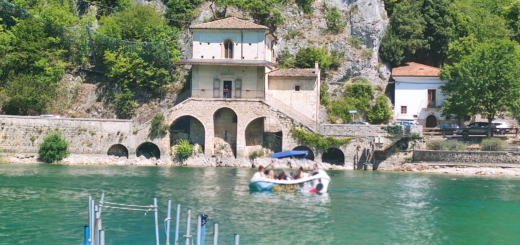
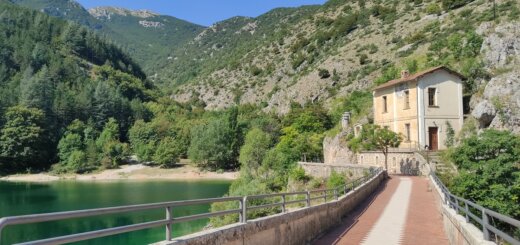
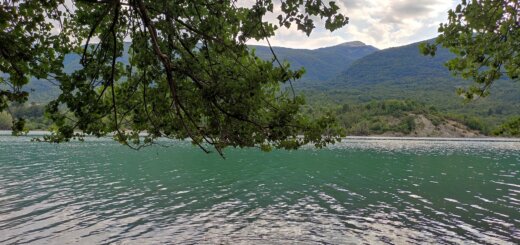

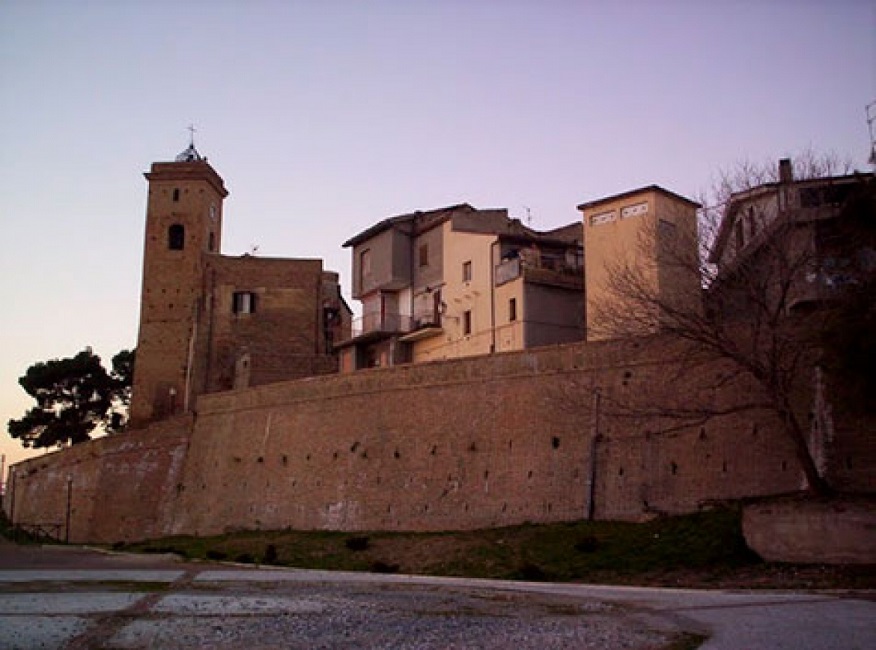
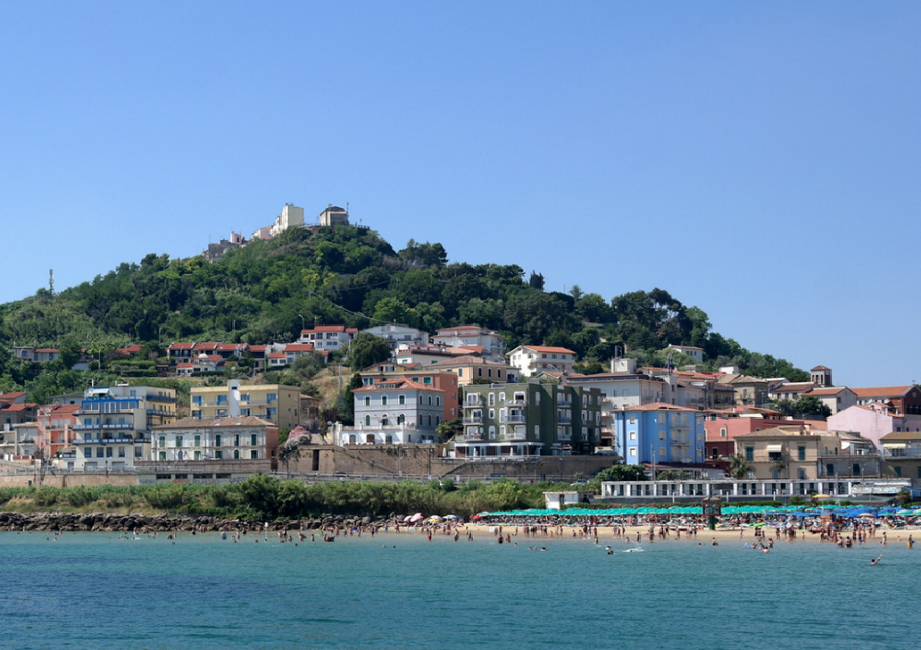
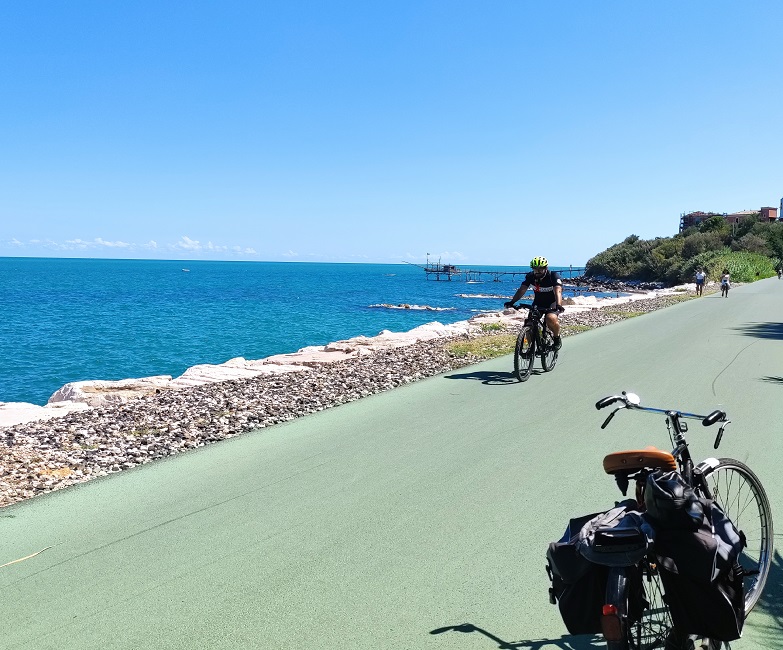
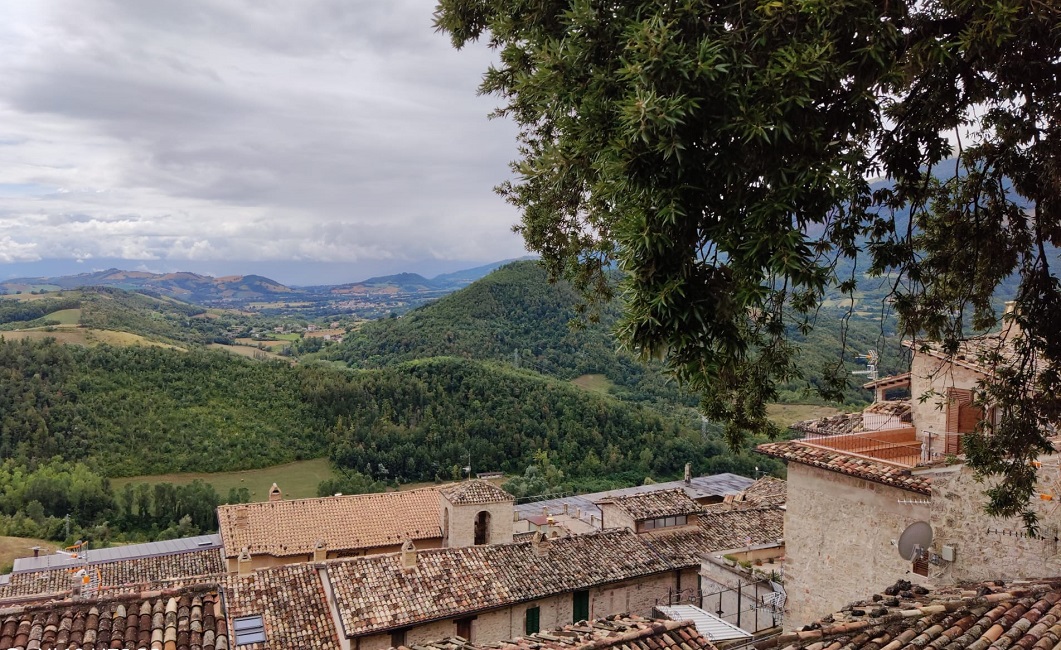
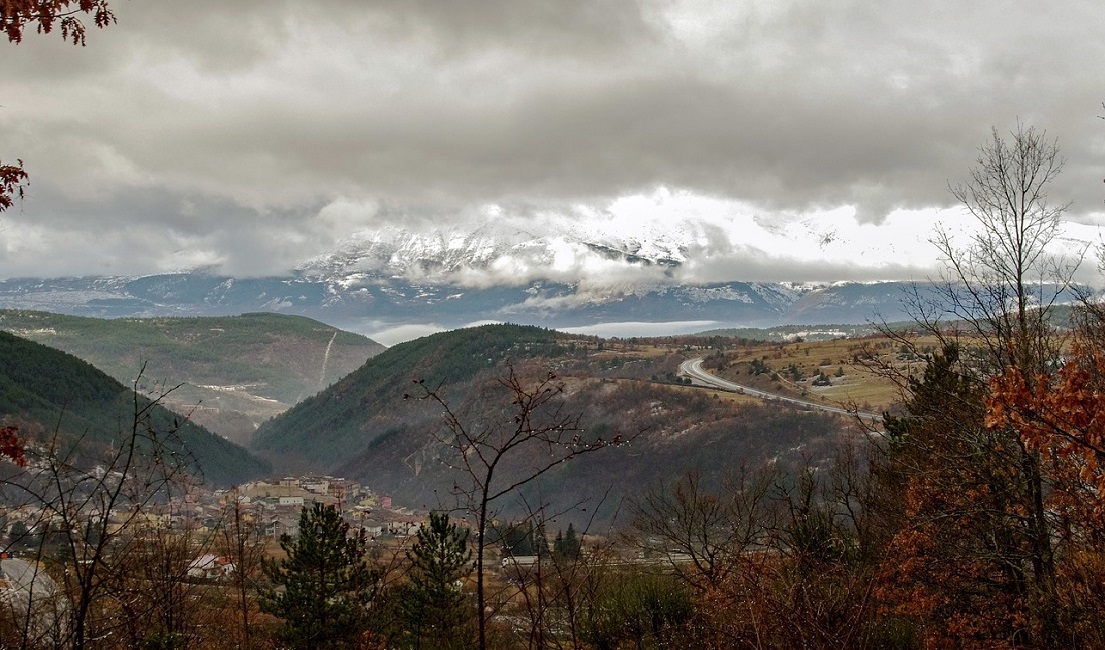

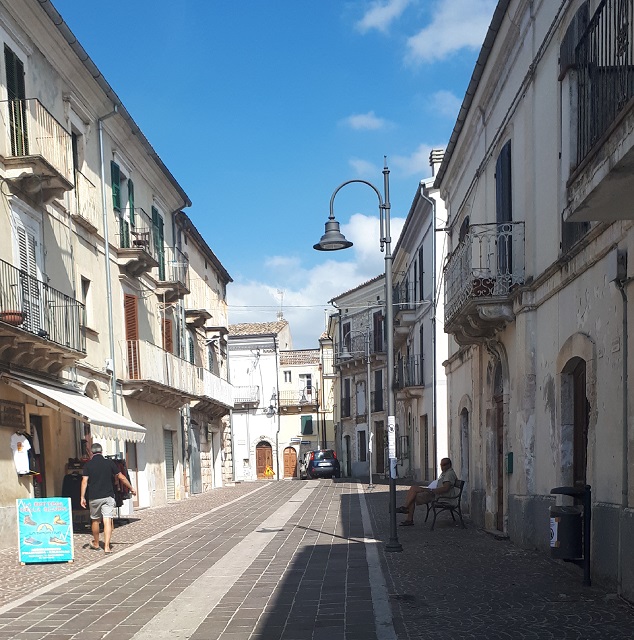
2 Responses
[…] Sulmona, city of romance and confetti […]
[…] Sulmona, city of romance and confetti […]